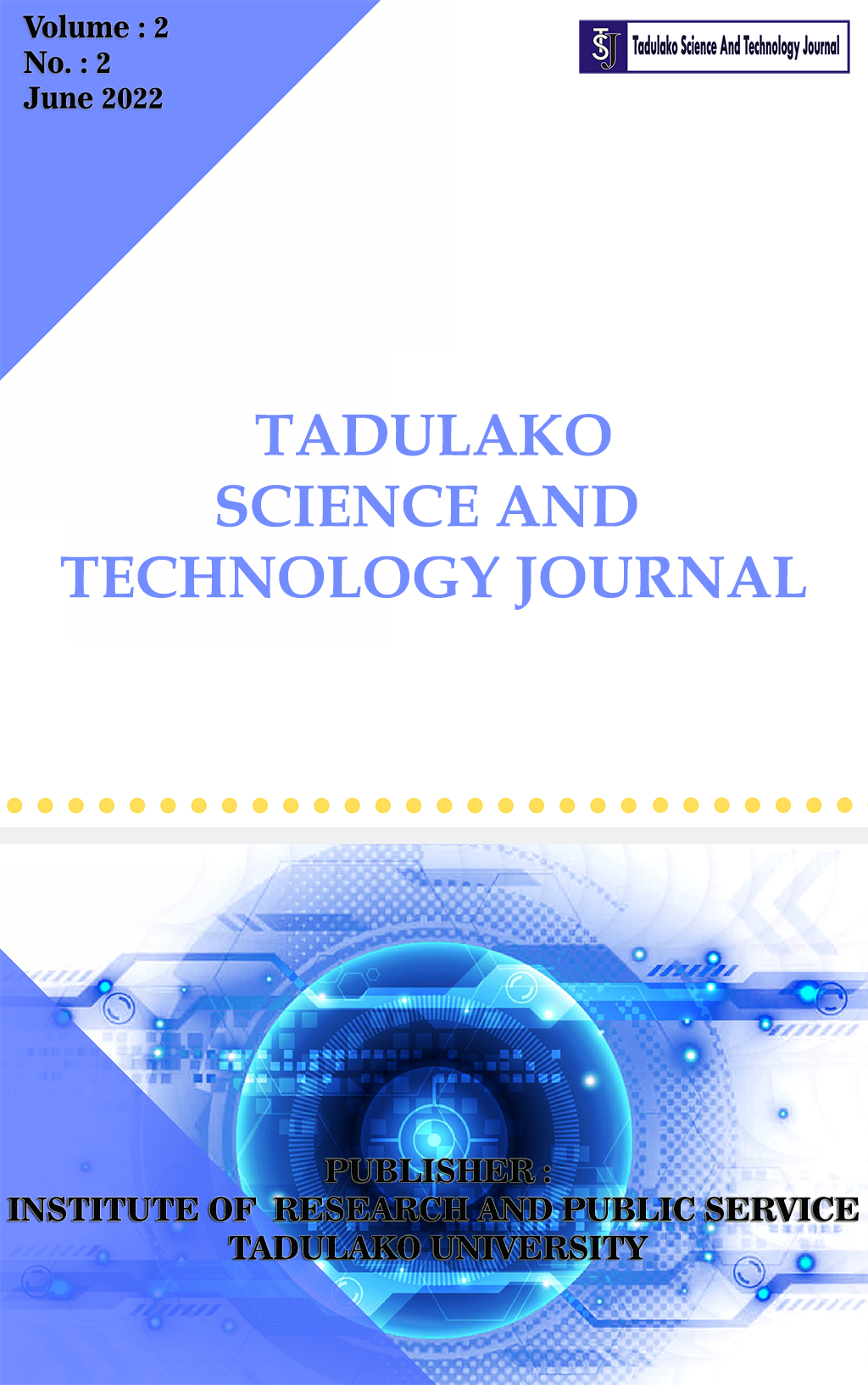Main Article Content
Abstract
Introduction: Macroeconomic problems such as inflation and exchange rates are often highlighted as benchmarks for achieving economic progress. The stability of both must be monitored by the government in order to control the inflation rate and exchange rate. This instability is a phenomenon of fluctuation, namely the phenomenon of the rise and fall of the exchange rate of a currency based on demand and supply. Given the large impact of exchange rate fluctuations on the economy, the prediction of the wage exchange rate against the US dollar is considered necessary because it is useful to anticipate and minimize bad possibilities that arise. Method: Methods that can be used to analyze fluctuating currency exchange rate data are nonparametric regression, Nadaraya-Watson estimator, Gaussian kernel function, and Local Polynomial Regression. Results and Discussion: The results of a nonparametric regression comparison between the Nadaraya-Watson estimator, Gaussian kernel function, and local polynomial regression were obtained by MAPE of 2.508% and 0.179%, respectively. This shows that the best model uses the local polynomial regression method and predicted USD exchange rate data against IDR using the best model, namely Local polynomial Regression where the MAPE value is less than 10%, which means the prediction rate is very good. Conclusion: The nonparametric regression method of the Nadaraya-Watrson estimator, Gaussian kernel function, and local polynomial regression shows that the best model uses the local polynomial regression method.
